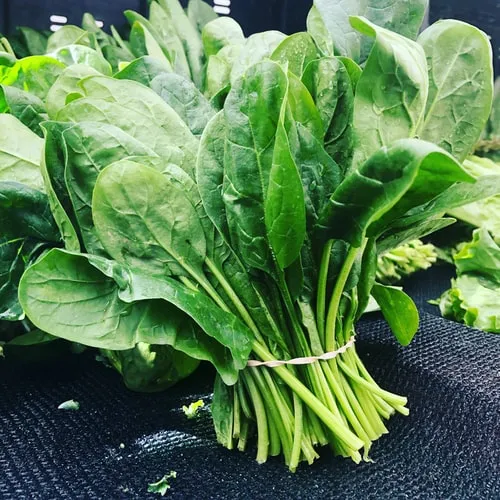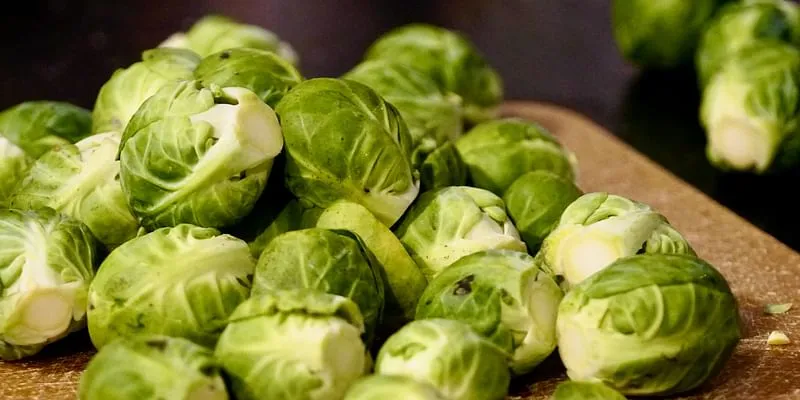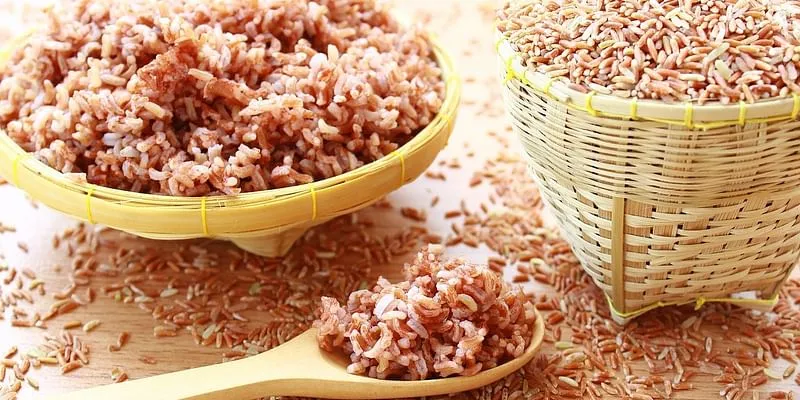7 foods to eat every day to stay fit and healthy
In order to get a wide range of nutrients, you need to include variety and creativity in your diet. This will allow you to get a steady supply of highly bioavailable compounds to nourish your health.
When it comes to staying healthy, some foods can do wonders. However, I will say that the best way to have vibrant health is to actually keep your diet as diverse as possible.
Getting boxed into fad diets, falling into a rut while choosing your vegetables, and eating the same foods every single day may not be the best approach.
I often see many people eating the exact same breakfast, lunch, and dinner every single day. They do this to avoid planning, thinking, or getting creative, but they just slip into a food rut! They might still be healthy foods, but in order to get that wide range of nutrients, you need to include variety and creativity. This allows you to get a steady supply of highly bioavailable compounds to nourish your health.
There is so much emphasis on good nutrition today
While we may not be where we need to be in terms of prioritising good dietary habits, we have come such a long way in nutritional science. Specific foods may have specific properties, which is why traditional and local diets are associated with certain seasons, body types, and intentions.
Many foods work wonderfully to boost health and vitality. If your diet includes diversity, you can find that your health improves constantly. It’s always important to ask yourself how often you fall ill as a barometer of your overall health. You can always continue to improve health by including several foods.

Image source: Unsplash.com
Local leafy greens
If you have switched buying groceries from a traditional cart to a supermarket, oftentimes you might miss the local greens. Many people have forgotten some of these greens. If you have access to them from a local market or if you can grow them yourself, they can be the best sources of folate and magnesium, helping with detoxification, sleep, and overall health. Traditional forms of preparation included a very short steaming with some seasoning. The Indian palette truly does not need to go the green smoothie route.
Dal
I often heard my mother mention to me as a child that mixed lentils have more benefits to them than a single one. The simple dal has so many colors to it! If you have fallen into a rut of toor and moong, get back to rediscovering all the lentils that your ancestors used. Bring back anything that you have not used in a while such as masoor, green gram, urad, whole urad, whole masoor, and chana dal. Sprinkle four different ones each time you cook!
Pudina (Mint)
Peppermint is now all in the rage for treating IBS, h-pylori, and heartburn. Mint leaves contain menthol, an active oil, which is an antiseptic. It is also an adaptogen, helping your body in whatever ways it needs. Pudina was always a part of most homes in buttermilk, tea, chutney, and even water! Rather than trying a peppermint essential oil, why not just start adding pudina as a salad dressing, in a smoothie, as a chutney or as part of paratha or dosa? Herbs are nature’s potent healing foods. It also makes your breath smell much better!

Cabbage (Image source: Unsplash.com)
Cabbage
The world over has suddenly brought focus to cruciferous vegetables as they contain a compound called sulforaphane. Did you know that cabbage can be wonderful for health as it is gut healing and improves liver detoxification? It contains Vitamin U, which is not technically a vitamin, but rather a derivative of the amino acid methionine. Cabbage juice has been used to heal damaged gut mucosa. Eating sauerkraut was also considered immune-boosting, but always have caution with fermented foods.
Mung bean sprouts
The simplest ingredient to prep in your own kitchen is mung bean sprouts. Sprouts are something that needs no great talent and yet they contain protein, fibre, and enzymes. Take some mung and soak it in ample water for 24 hours. Discard the water to release the lectins and phytates. Cover the soaked mung with a perforated container with ample space and leave it for two days to sprout. Keep checking on them. Each mung should sprout to a length of an inch. Most stores that supply them have neither soaked them long enough nor sprouted them enough. Eating them will just give you tummy pain.

Brown rice
There is a reason that many of us love khichadi or dal rice. Combining rice and dal is India’s oldest way of getting a fully balanced meal. Many people have insulin resistance or just struggle with optimal blood sugar balance. If you find yourself feeling hungry or awake in the middle of the night after eating white rice, that is a sign that you have blood sugar challenges. The fibre helps with lowering cholesterol and slow energy release. Swapping out the white rice for some brown rice, which is full of fibre, can be a world of difference. After all, preparing dal and rice is probably the quickest and healthiest meal out there.
Black Pepper
Black pepper is a spice that was used traditionally instead of red chillies. With so many people having inflammatory pains and sensitivity to nightshades like red chillies, black pepper can be the difference. It aids digestion and stimulates appetite. With gut health so critical to all health, pepper aids detoxification and is helpful to the immune system. Avoid buying pepper that is pre-ground as it quickly loses the active compound. Always use a pepper mill that can crush pepper.
Truly, health is a lot more than individual compounds in food. Health is about stress, sleep, exercise, and your own physiology. Try and have intention towards great health and move further every week, one step at a time.
Edited by Megha Reddy








